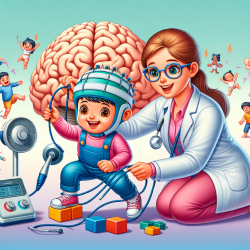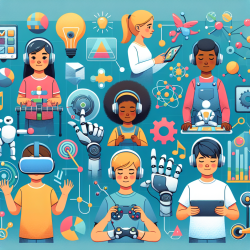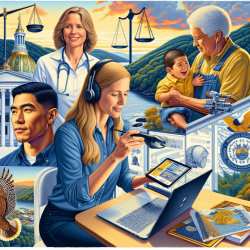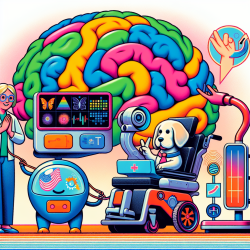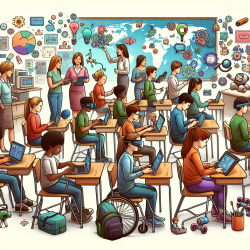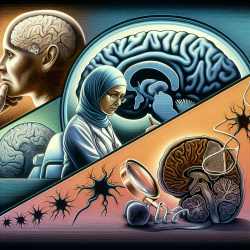Pediatric acquired brain injury (ABI) presents a significant challenge in rehabilitation due to its complex impact on motor, sensory, and cognitive functions. As a practitioner in this field, staying abreast of innovative therapeutic approaches is crucial. Recent research highlights the potential of non-invasive brain stimulation (NIBS) techniques, such as transcranial magnetic stimulation (TMS) and transcranial direct current stimulation (tDCS), in improving outcomes for children with ABI.
The Promise of NIBS
NIBS offers a non-invasive approach to stimulate specific brain areas, potentially enhancing neuroplasticity—the brain's ability to reorganize itself by forming new neural connections. This is particularly beneficial for children with ABI, where traditional rehabilitation methods may fall short.
The scoping review titled Effect of non-invasive brain stimulation in children with acquired brain injury—a scoping review, explores various studies employing TMS and tDCS. The review identifies improvements in motor functions, speech and language abilities, sensory processing, and cognitive functions among children who received NIBS interventions.
Key Findings
- Motor Function: Studies show that both TMS and tDCS can lead to improvements in motor skills. However, these improvements are often observed alongside intensive physical therapy, making it difficult to isolate the effects of NIBS alone.
- Cognitive Enhancements: Some studies report enhanced cognitive functions such as working memory and attention following NIBS treatment. However, the underlying neurophysiological mechanisms remain largely unexplored.
- Sensory Improvements: There are indications that NIBS can improve sensory functions like hearing and vision, but further research is needed to substantiate these findings.
The Need for Further Research
The current body of research on NIBS in pediatric ABI is limited by small sample sizes and variability in study designs. Practitioners are encouraged to contribute to this growing field by conducting more rigorous studies that explore optimal treatment parameters and long-term effects. Collaboration among therapists, neurologists, and researchers can help refine these techniques to maximize their therapeutic potential.
Your Role as a Practitioner
As a practitioner, you can play a pivotal role in advancing the application of NIBS by:
- Engaging in Continuing Education: Attend conferences and webinars that focus on the latest advancements in NIBS technology.
- Participating in Research: Collaborate with academic institutions to conduct clinical trials that explore new applications of NIBS.
- Networking with Peers: Share insights and experiences with other professionals to foster a community of practice around innovative rehabilitation techniques.
NIBS represents a promising frontier in pediatric ABI rehabilitation. By staying informed and involved, practitioners can help shape the future of this exciting field.
Effect of non-invasive brain stimulation in children with acquired brain injury—a scoping review
